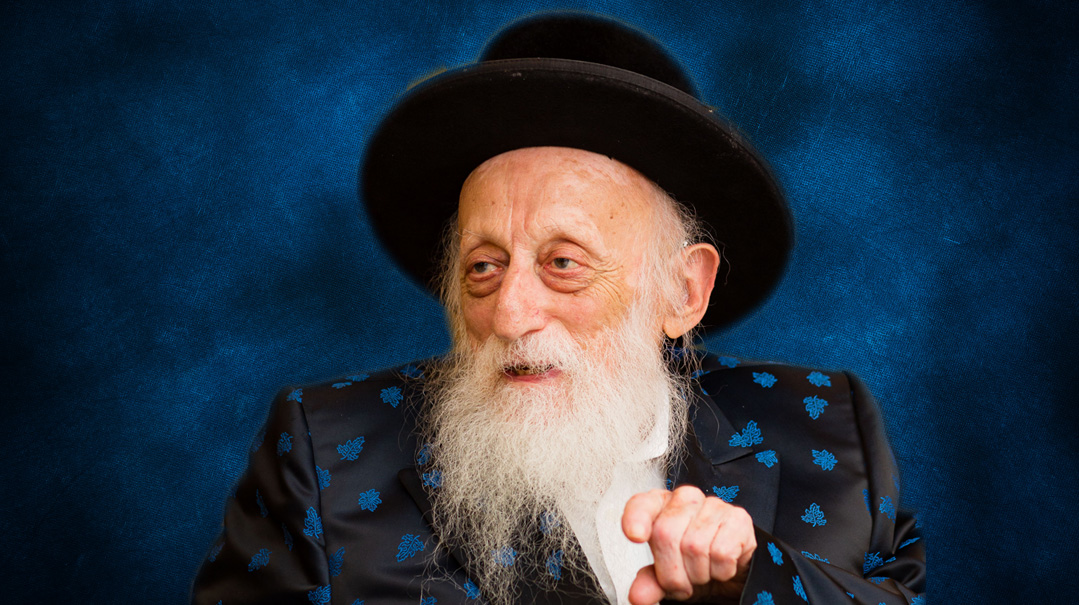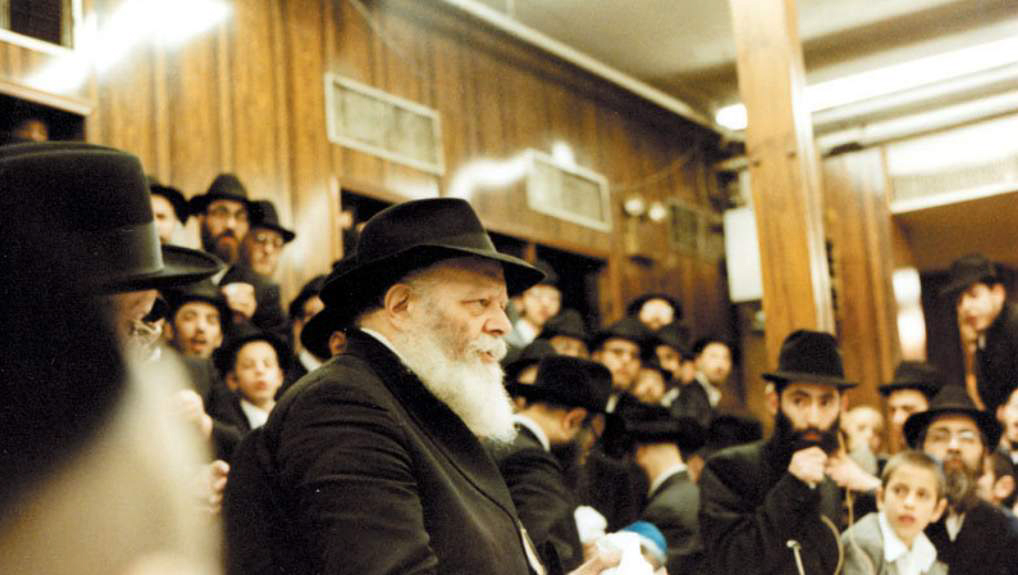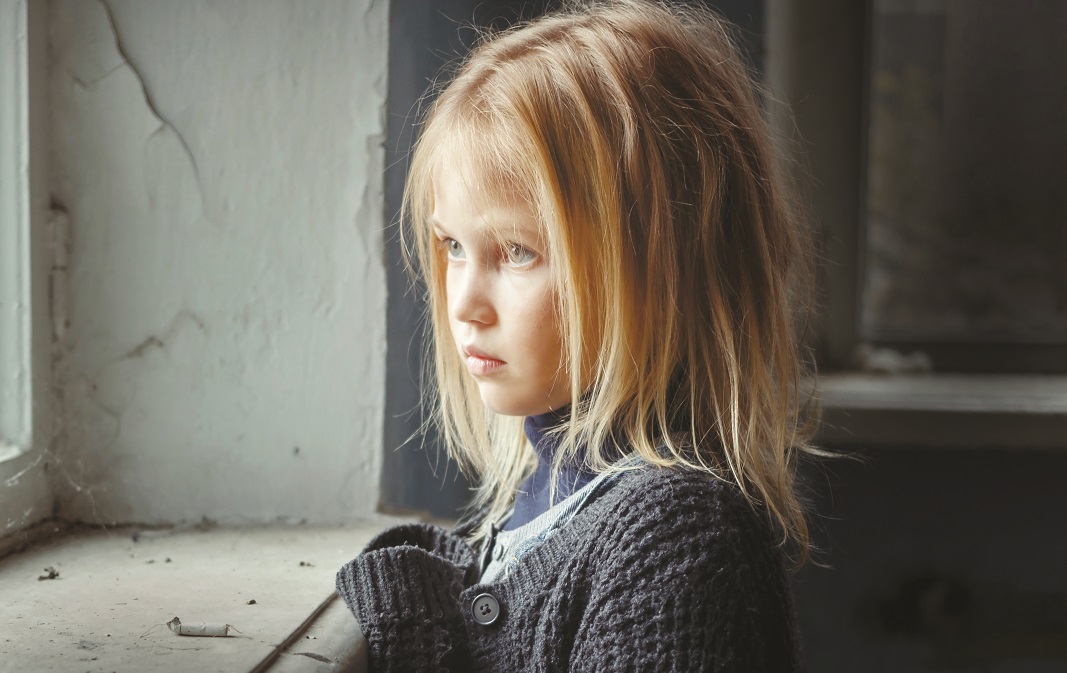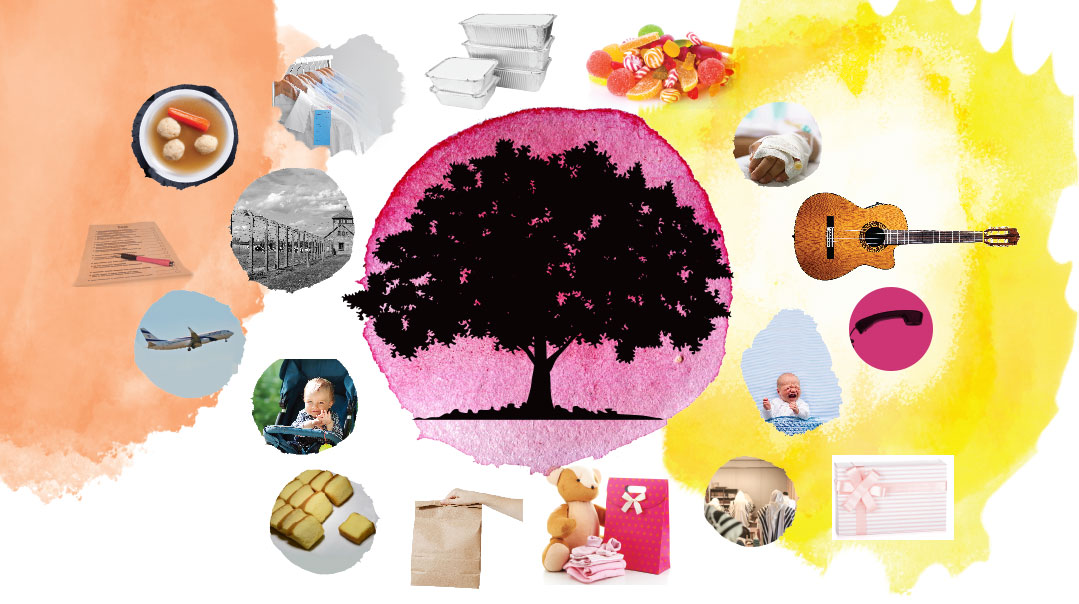The Year of the Song

This year, this niggun was an anthem because we showed it. He’s always there for us, but this year, we were there for Him too

"Don’t write about ‘Hoshia Es Amecha,’ ” Mrs. Friedman said, “everyone saw the video of the levayah and discussed it already.”
She is, technically, my boss, so she has the final say, but if you’re reading this, it’s because she understood my need to write about it just the same, because the song has become deeply personal. Oh, so personal.
I have long been enamored by the Twerski family, their music along with their Torah, chassidus, and outreach, but in this case, it isn’t the melody of “Hoshia Es Amecha” alone that makes me consider it a legacy song.
In the shul in which I daven, on the first Yom Kippur we were a kehillah, just after N’eilah, we sang ‘L’shanah Haba’ah b’Yerushalayim.’ But then the rav started to sing another niggun — “Hoshia Es Amecha,” and that became part of the most exalted moments of the year. Later, I learned that Rav Shlomo Freifeld sang the same niggun after N’eilah, and his rebbi, Rav Hutner, would sing it after Mussaf on Hoshanah Rabbah — the culmination of three months of intense tefillah.
Great tzaddikim incorporated a song composed here, in America, making it part of a repertoire featuring songs that were centuries old, brought over from Hungary, Russia, or Poland. (Note: The song wasn’t composed in the Brooklyn part of America, but in the Milwaukee of 1960. A year later, Rabbi Twerski would take it across state lines to Pittsburgh, city of steel and bridges. The song would come to celebrate a nation made of steel, and the bridges that keep them connected.)
Not long ago, a choshuve rav I know told me he was on a flight next to a sweet, sincere gentleman, who introduced himself as a rabbi of a small town in the American Midwest. It wasn’t an Orthodox synagogue and he knew almost nothing about Judaism — he wanted a crash course. As part of it, he asked this rav to teach him a single niggun, one fundamental Jewish song.
The rav taught him just one song: “Hoshia Es Amecha.”
Okay, it’s a great song, but that’s not what makes it personal and that’s not why I’m so eager to write.
Reb Shea, your niggun gave us life this winter, and I’ll tell you why.
The minhag in Klal Yisrael was always to count ten men for a minyan using a pasuk with ten words, since counting with fingers can bring on an ayin hara. The pasuk traditionally used was “Ve’ani b’rov chasdecha avo veisacha, eshtachaveh el heichal kodshecha b’yirasecha — But I, with Your great loving-kindness, shall enter Your House; I shall prostrate myself toward Your Holy Temple in the fear of You” (Tehilim 5:8). Ten words, the perfect pasuk to signal the beginning of davening.
Somehow, in recent years, the minhag shifted, and people started using a different pasuk. “Hoshia es amecha u’varech es nachlasecha, u’re’im vena’aseim ad haolam — Deliver Your people and bless your heritage; tend them and exalt them forever” (Tehillim 28:9).
Ten words, it’s true, but seemingly less connected to the act of forming a minyan than the traditional pasuk. So why the switch?
I don’t know. But this winter, I got insight into it.
Where I live, over this winter shuls were closed, then allowed to function, but only with ten people, exactly a minyan.
We tried lists and pre-registering, but we’re Jews, so some days, eleven came instead of ten. What then? To kick someone out of shul isn’t in our DNA, but what about the ten-person limit?
One awkward day before Minchah, as we stood in the large room, eleven masked figures spread out across a room that can hold two hundred, trying to figure it out, someone started counting. Hoshia. Es. Amecha, One, two, three. And as he continued, he started to use the tune, “U’vareich es nachalasecha…. u’re’im, u’re’im, u’re’im,” counting on his fingers as he did so, more than enough words in the song to cover everyone there.
It was a cute, witty joke, the extra “u’re’ims” in the tune creating new allowances. Yet after davening, the Rav shared the depth of the joke.
“U’re’im” means “to tend to them,” like a “ro’eh,” a shepherd.
Yaakov tells Yosef about the “Elokim, haro’eh osi — G-d Who sustained me as long as I am alive” (Bereishis 48:15).
The Ramban, however understands the word “ro’eh” not as shepherd, but as “friend,” (like “rei’acha,”) referring to the relationship between HaKadosh Baruch Hu and Klal Yisrael as an enduring friendship.
Friendship, the quotations on stickers and magnets say, isn’t about how much you talk or what you do for each other, but about how much you’re there for each other.
This year, this niggun was an anthem because we showed it. He’s always there for us, but this year, we were there for Him too.
No examples, because you know it from your own lives. Over the last 12 months, you had days when you reached deep into yourself and pulled out loyalty you didn’t know you had, dedication that you considered beyond you, faith you always believed was only for tzaddikim.
It was a year of friendship. U’re’im, u’re’im, u’re’im, on a million levels, the year of Reb Shea Twerski’s niggun.
(Originally featured in Mishpacha, Issue 854)
Oops! We could not locate your form.





